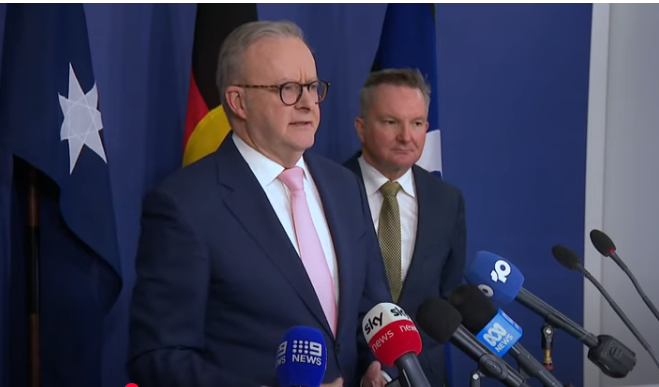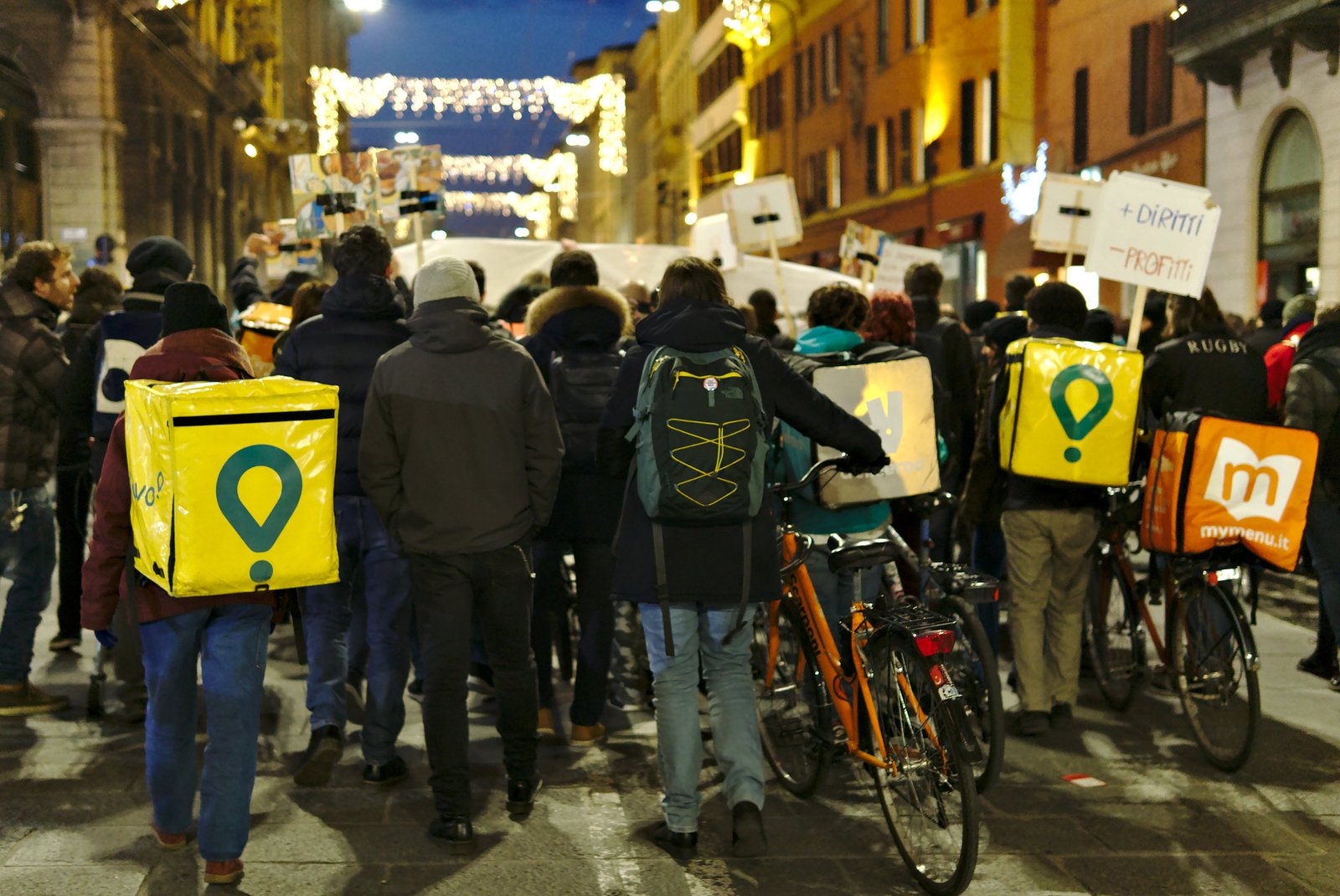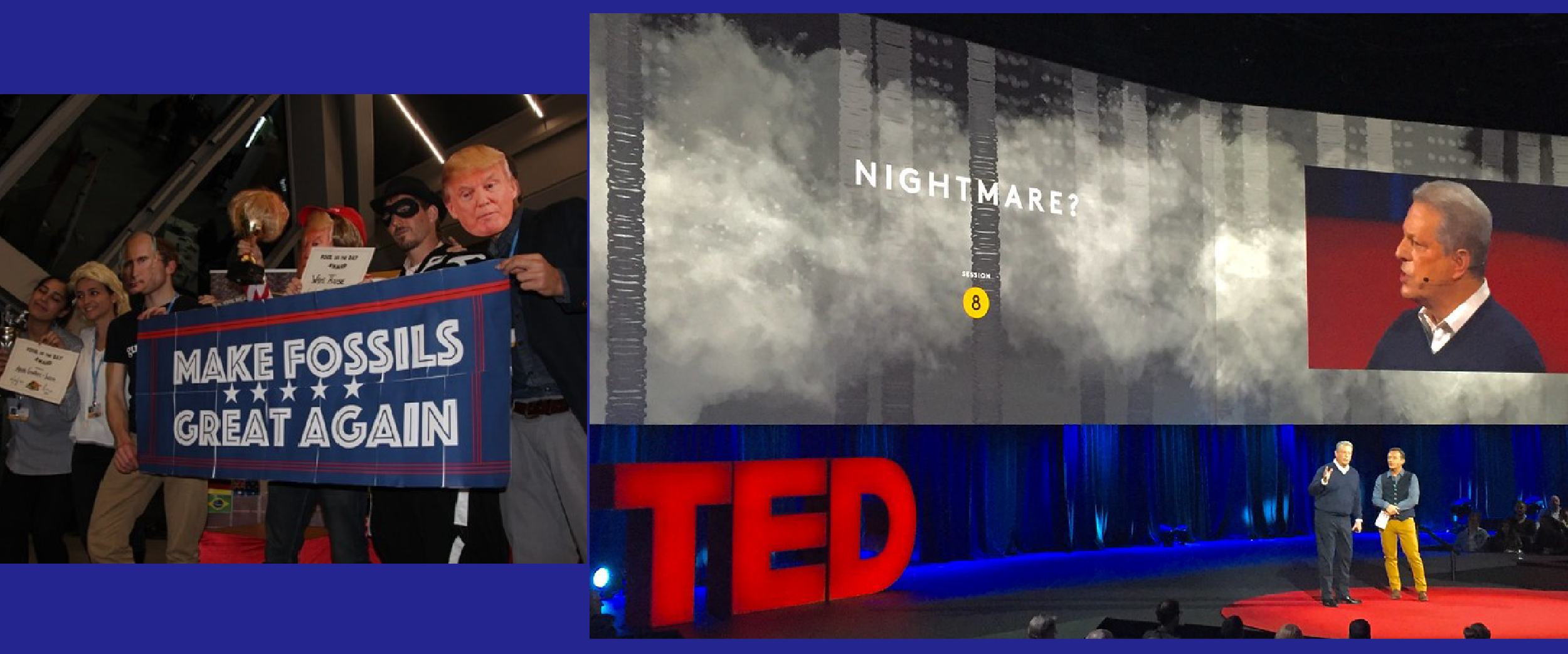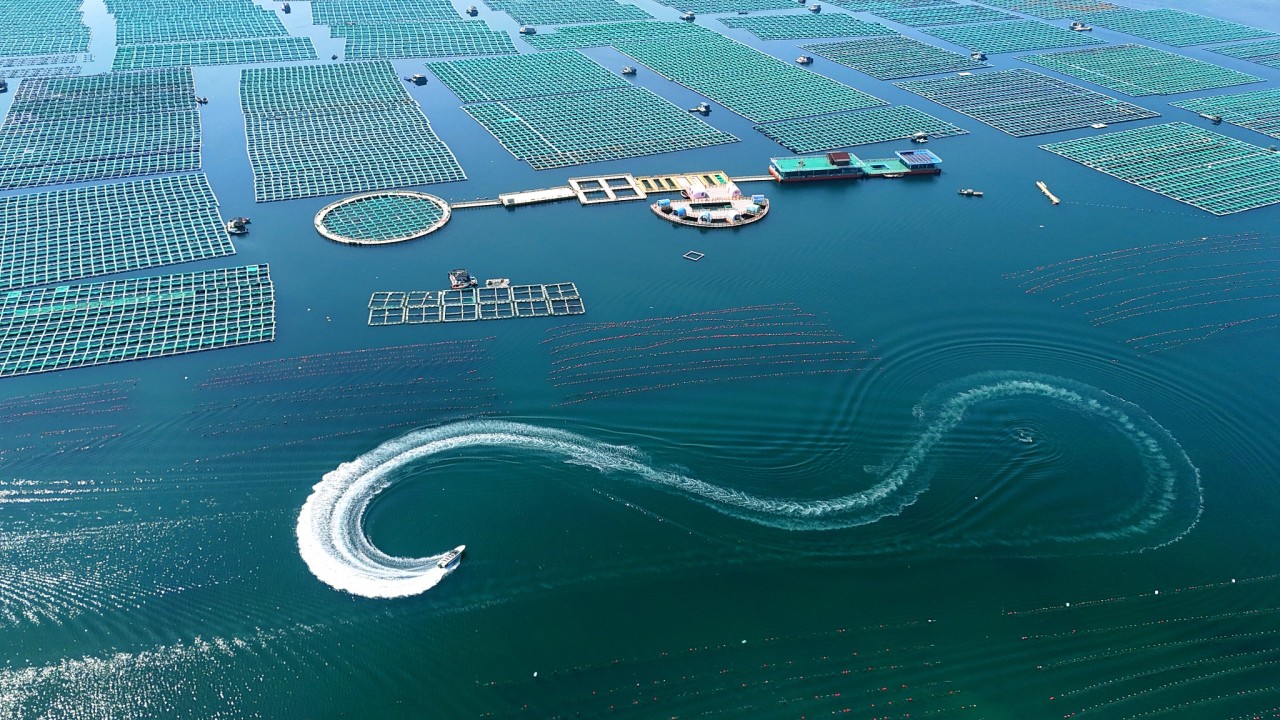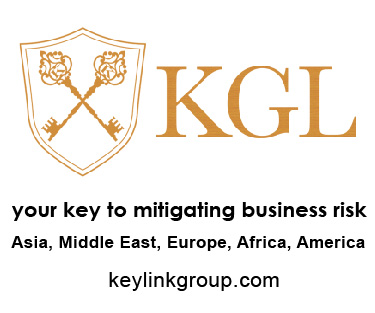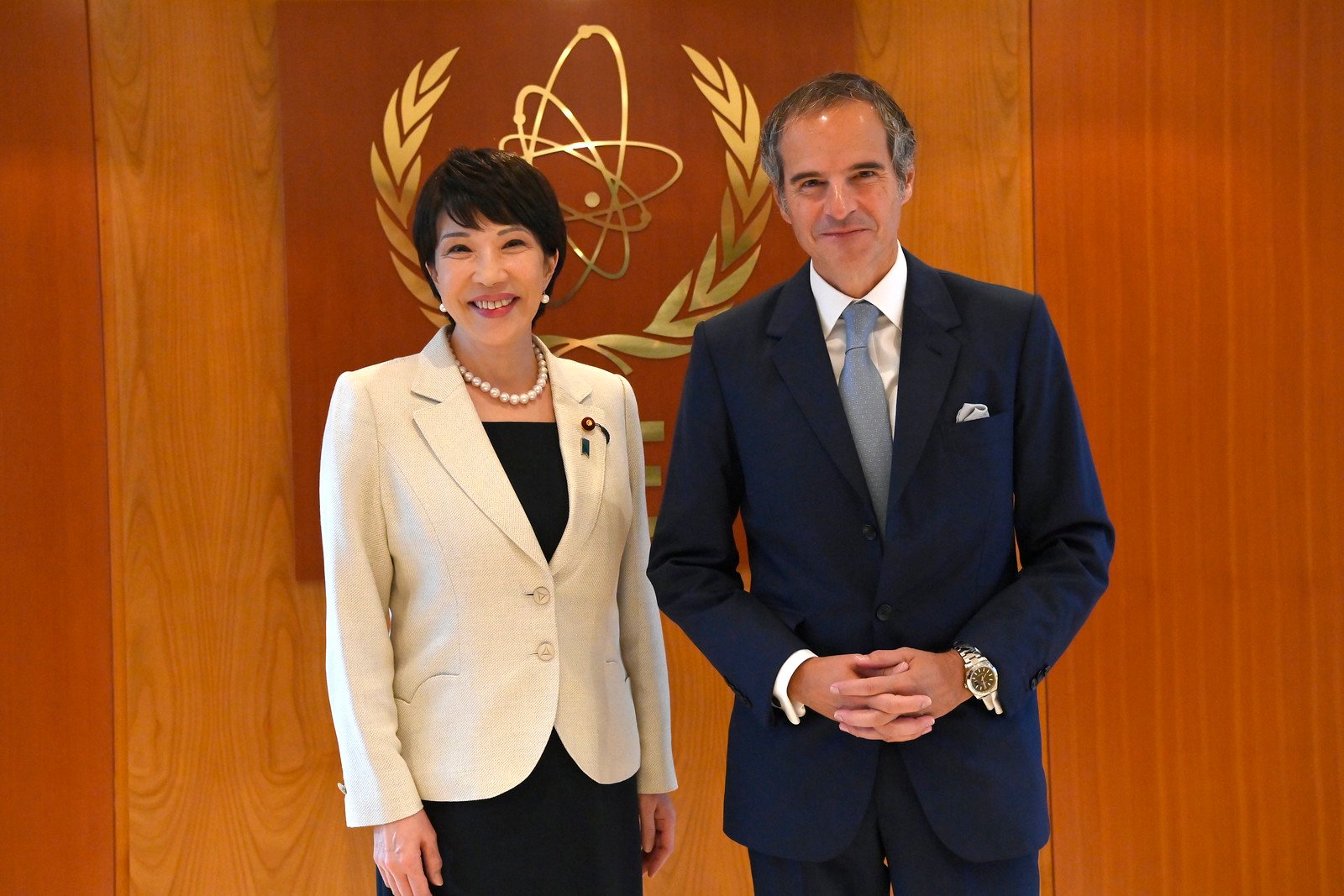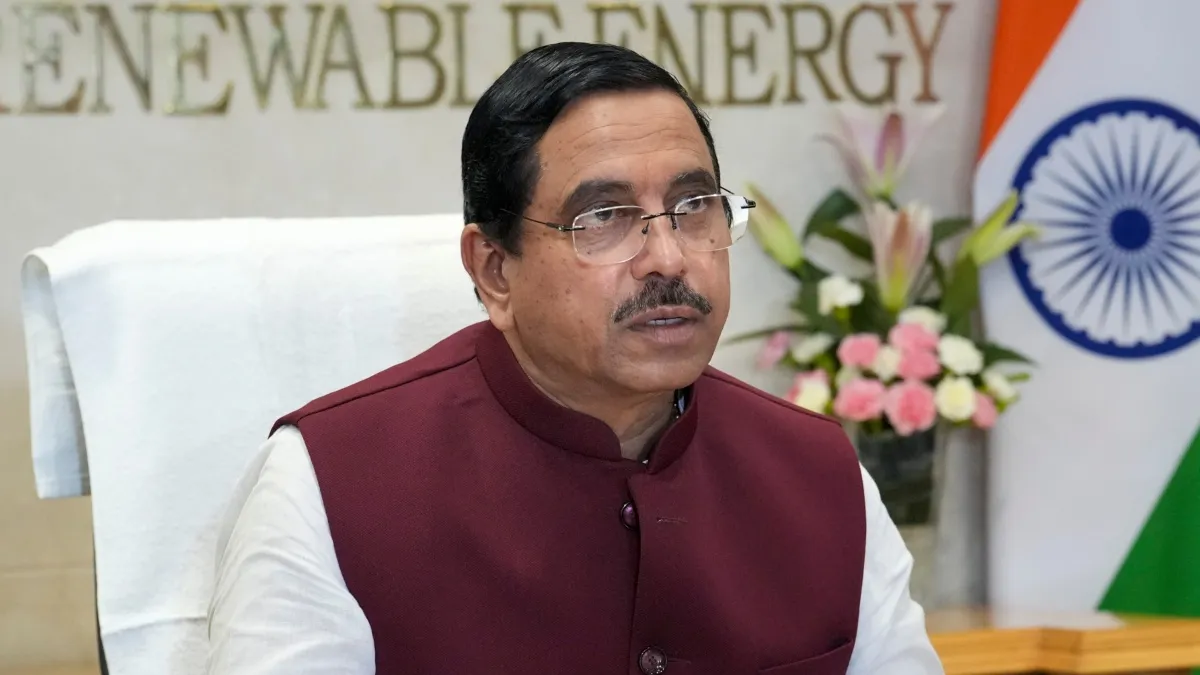Australia has finally revealed its 2035 climate target: cutting emissions 62–70% below 2005 levels. For Canberra, this is pitched as progress. For investors, neighbours and Pacific nations on the climate front line, it looks like hesitation at precisely the moment Asia is accelerating.
It was announced that Australia must:
- 4 x Quadruple Wind Capacity
- 2 x Roof Top Solar rollouts
- Half of New Cars to be Electric Vehicles (EV’s)
- End Logging of Old Growth Forests
On ABC radio this week, Vanuatu threw down the gauntlet: “Australian targets should be 75% based on Paris Climate Agreements.”
The call echoes the science. The 2015 Paris deal committed nations to hold warming well below 2°C, and ideally 1.5°C. Australia’s own Climate Authority recommended a 75% cut by 2035 only last year. Instead, within two years, ambition has slipped backwards—3% has quietly been shaved off the national target.
Asia’s Competitive Shift
While Australia debates percentages, its neighbours are mobilising capital.
> Japan is pushing toward 50% cuts by 2030 and investing heavily in hydrogen, renewables and nuclear restarts.
> South Korea is embedding 40% cuts by 2030 into law, underpinned by offshore wind and electrification.
> China has not set a 2035 target, but its renewable rollout dwarfs’ global competition—installing record solar and wind capacity that locks in future dominance.
> Singapore is using carbon pricing and net zero by 2050 to position itself as Asia’s clean-fuel trading hub.
In contrast, Australia—blessed with solar, wind and critical minerals—remains bogged down in political caution and industry lobbying.
Political Caution Over Science
The Climate Authority’s 2024 advice was clear: Australia needed a 75% cut by 2035 to stay aligned with the 1.5°C pathway. Within two years, that ambition has been shaved down. The excuse? Political caution. The government fears reigniting the “climate wars,” so it compromised. That compromise is at the expense of scientific reality.
The Investment Risk
For business and investors, the danger isn’t environmental rhetoric. It’s missed opportunity. Global capital is already chasing high-ambition markets. Supply chains are reorganising around green hydrogen, batteries, clean steel and carbon-free power. By undercutting its own Climate Authority, Australia sends a signal of uncertainty—raising doubts about whether policy will keep pace with investment needs.
The cost of inaction is stark. Billions in potential exports are at stake: clean hydrogen to Japan and Korea, green aluminium to Europe, critical minerals to the US and India. Each weaker climate target chips away at Australia’s competitiveness in those future markets.
Pacific Pressure, Global Scrutiny
For the Pacific, this isn’t just trade—it’s survival. Rising seas are already displacing communities. Vanuatu’s 75% demand is a reminder that Canberra’s numbers are not just academic; they are existential. With COP negotiations looming, Australia risks diplomatic embarrassment if it is seen as hedging while its island neighbours drown.
Australia’s 62–70% pledge is not disastrous—it’s movement. But it is also a retreat from where the science and its own advisory body said it needed to be. Asia is accelerating, pouring investment into the low-carbon race. Australia is hesitating, splitting the difference between ambition and political caution.
Does Australia want to lead in the clean economy, or watch its neighbours run ahead?
That hesitation carries a price tag. In capital flows, in export competitiveness, and in regional credibility. For a nation built on resource exports, Australia’s future of wanting to be the regions renewable energy hub, is a dream.





